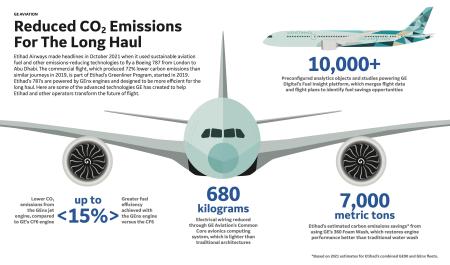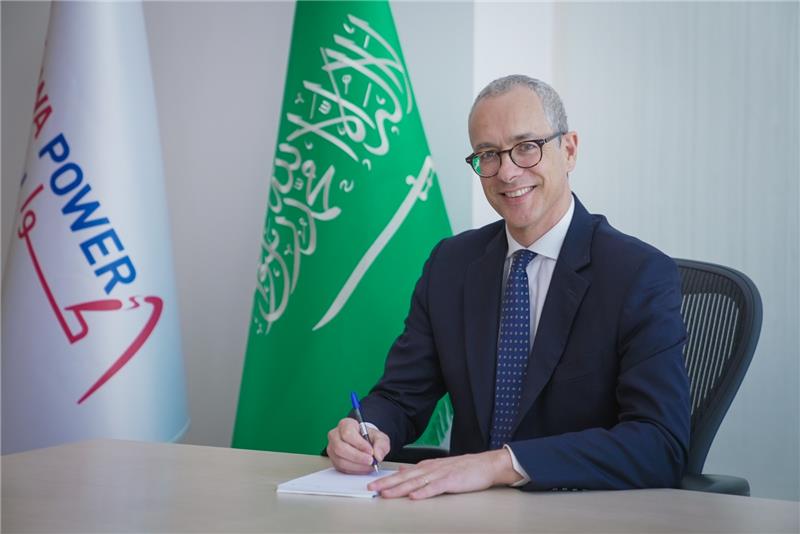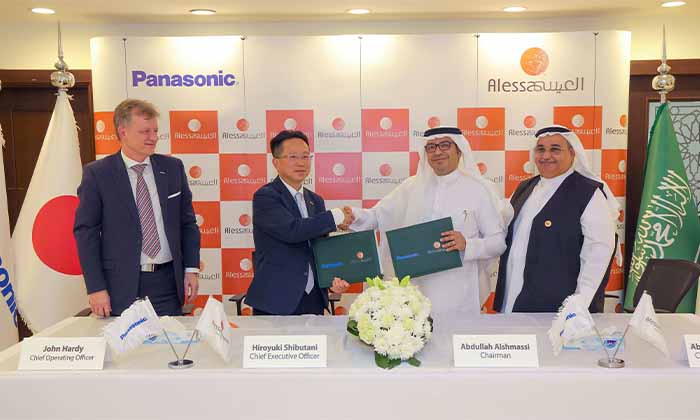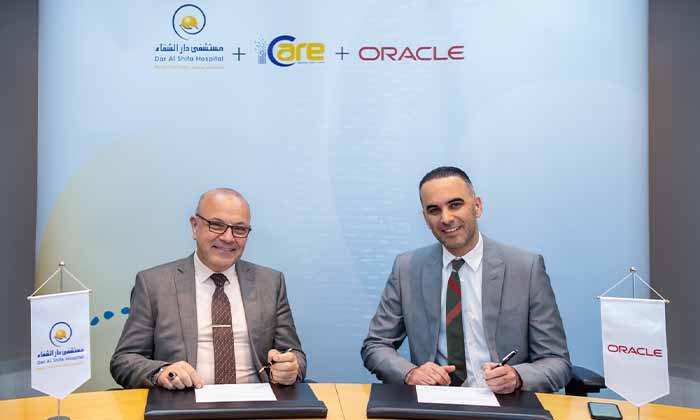Collaboration on 100% Sustainable Aviation Fuel (SAF) flight demonstration
Press Release
- Exploration of opportunities to test new technologies from GE Aviation and GE Digital that lower emissions as part of Etihad’s strategic sustainability programme
DUBAI, United Arab Emirates: Etihad and GE signed a Memorandum of Understanding (MOU) for future opportunities to work together on initiatives to lower CO2 emissions from Etihad’s fleet of 787 aircraft as part of the airline’s comprehensive sustainability program. The agreement was signed today by Tony Douglas, Group Chief Executive Officer of the Etihad Aviation Group, and John Slattery, President and Chief Executive Officer of GE Aviation during a ceremony at the 2021 Dubai Air Show.
As part of the MOU agreement, Etihad will allow GE to use its fleet of 787s, spearheaded by the signature Greenliner aircraft, as a test platform for new technologies and engine hardware aimed at reducing CO2 emissions and improving the performance of the GEnx engines that power the aircraft. The data from these tests will be shared between GE and Etihad to inform implementation of enhancements across Etihad’s 787 fleet. Both companies also agreed to collaborate on a 100% sustainable aviation fuel (SAF) flight demonstration.
“Decarbonization is a challenge that the entire aviation industry faces,” said John Slattery, President and Chief Executive Officer of GE Aviation. “The only way that we can address it is with agreements like this MOU with Etihad. Through this agreement, GE will be able to test innovative technologies that can help reduce emissions as well as enhance the time on wing of our GEnx engine, which may benefit Etihad and all our airline customers.”
“We have worked closely with GE over the last two years on the Etihad Greenliner programme to innovate, develop, and test aviation decarbonization technologies,” said Tony Douglas, Group Chief Executive Officer, Etihad Aviation Group. “Today’s announcement extending our relationship with GE builds on our shared commitment to reduce CO2 emissions as Etihad expands its strategic sustainability programme and lays out the framework that will help drive decarbonization for the broader industry.”
Etihad is also trialing GE Digital’s Fuel Insight software solution. Fuel Insight is a cost and emissions reduction solution that works by analyzing real data from the aircraft and airline to merge flight data with flight plans. This critical data helps increase aircraft fuel efficiency and reduce waste. Fuel Insight gives operators actionable intelligence at multiple levels allowing analysts to drill down from macro trends to understand issues on a per-flight level.
GE Aviation’s GEnx is a high-thrust jet engine developed for the Boeing 787 Dreamliner. It has the advantage of lower fuel consumption and reduced CO2 emissions by up to 15% compared to GE’s CF6 engine. Representing a significant step forward in propulsion technology, GEnx uses lightweight durable materials and advanced design processes to reduce weight, improve performance, and lower maintenance, making it the best engine choice for many long-haul flights.
Earlier this year, Etihad received technical licenses to use GE’s 360 Foam Wash, an innovative jet engine cleaning technology, on the airline’s GE90 and GEnx engine fleet. GE’s 360 Foam Wash is an alternative to the water wash method. It helps restore engine performance, leading to reductions in fuel consumption. The process involves injecting a specially-formulated, proprietary solution that removes dust and dirt particles in the engine.
When compared to cleaning jet engines with water wash, foam wash can save an estimated 15,900 gallons of fuel and 168 tons of CO2 emissions per year on a GEnx-powered Boeing 787 aircraft.* With a GE90-powered Boeing 777, foam wash has the potential to save an estimated 35,500 gallons of fuel and 377 tons of CO2 emissions per year compared to GE90 engines cleaned with water wash**.
During technology trials with GE90 and GEnx engines, the 360 Foam Wash solution has allowed customers in the Middle East and Asia-Pacific regions to improve engine performance by reducing build-up of deposits in the engine, lowering engine exhaust temperatures, and improving engine compressor efficiency. These improvements led to reduced fuel consumption and increased engine time on wing.
-Ends-















